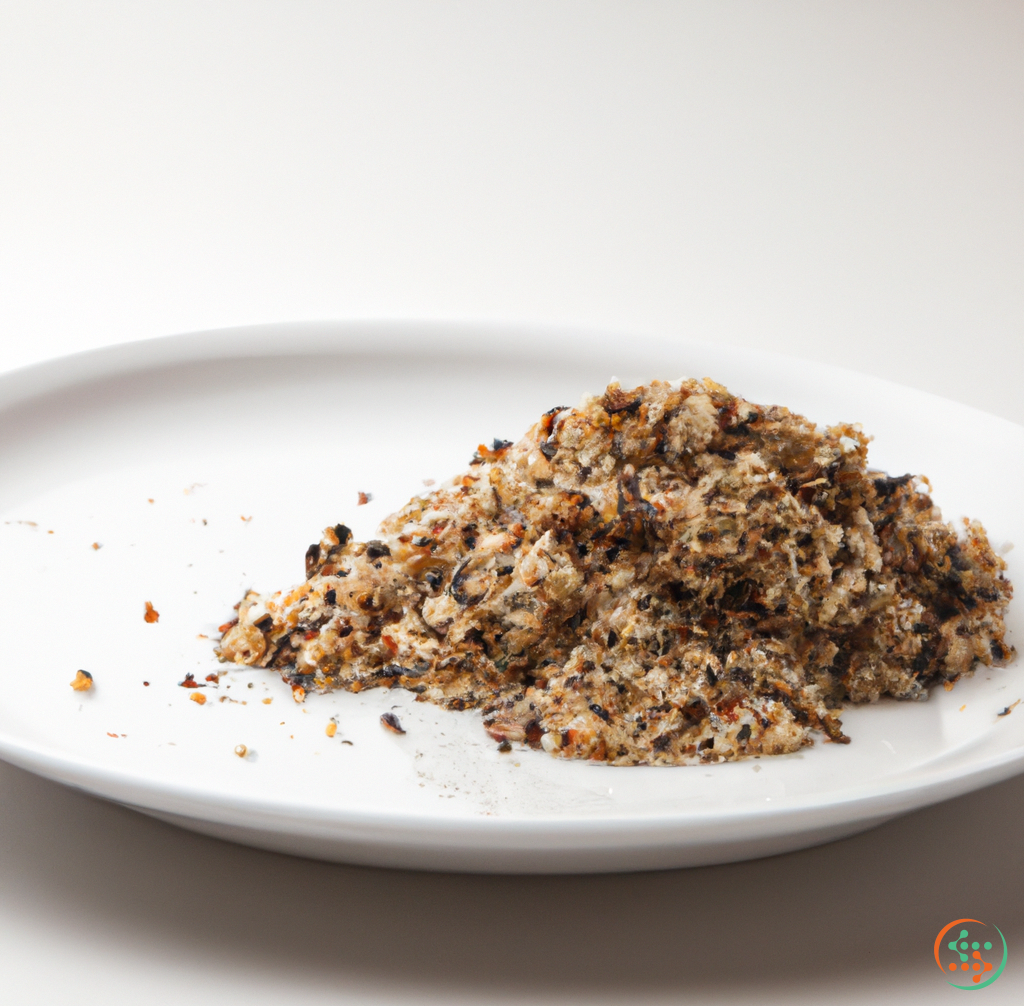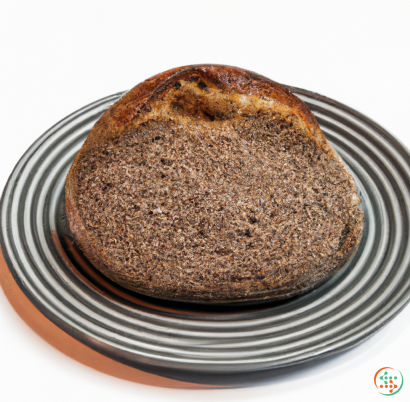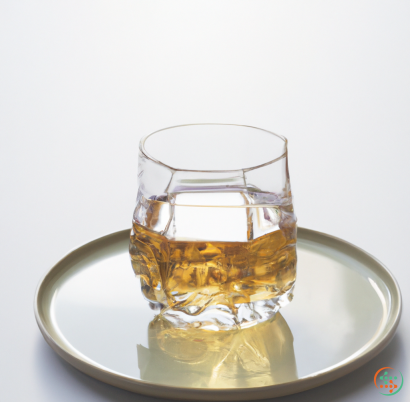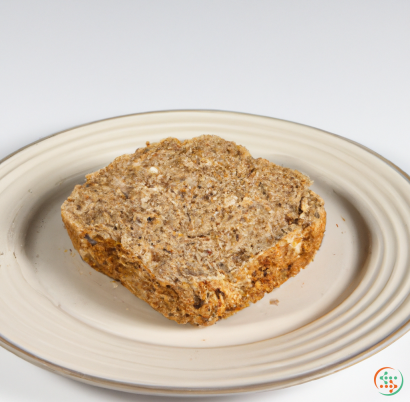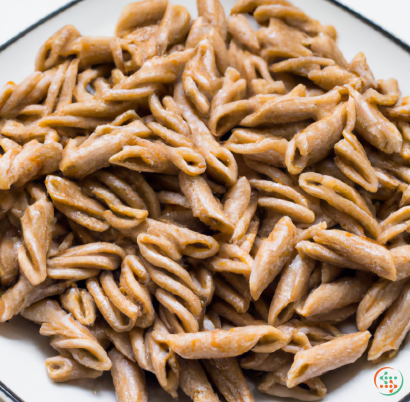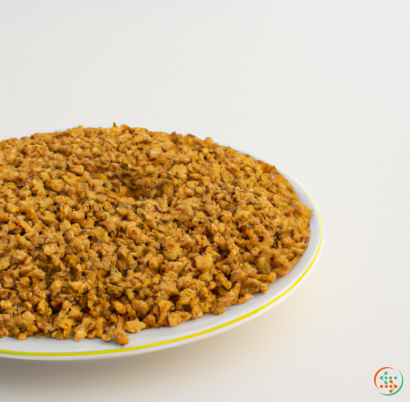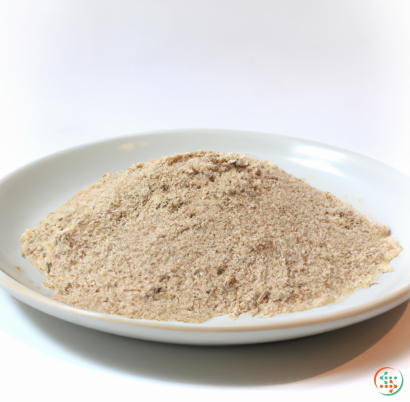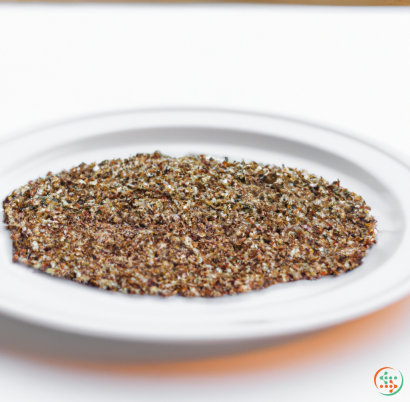Quinoa
Quinoa, a whole grain packed with both flavor and nutrition, has quickly made its way onto many pantry and dining tables around the world. Quinoa is a nutritious powerhouse of flavor, ideal for a variety of dishes from breakfast to dinner, side dishes, and even desserts.
Quinoa (keen-wah) is a grain-like edible seed that is considered a pseudocereal, meaning it is not part of the true cereal family, and instead related to spinach and beets. Originally cultivated centuries ago in the Andean mountains of South America, quinoa is a popular staple food in many cultures today.
The seed of quinoa is covered with a thin layer of saponins, which act as a protective coating. This coating can be bitter, and must be thoroughly washed off before cooking. Once this coating is removed, the seed can be cooked or ground into flour or used in a variety of dishes.
Quinoa is a great choice for vegetarians and vegans due to its high-quality protein content; it’s one of the few plant-based sources that provides all nine essential amino acids. It is also a good source of fiber, essential vitamins and minerals like iron, zinc, magnesium, and folate. Other health benefits associated with quinoa consumption include lower blood sugar levels, improved digestion, and reduced risk of conditions like heart disease and cancer.
Quinoa has a light, nutty flavor that pairs well with vegetable, meat, and fish dishes. To prepare quinoa, you’ll first want to rinse it to remove the bitter saponins. Then, you can either cook the seeds in a simmering broth, add the uncooked seeds to boiling water, or cook it in the microwave. Once cooked, quinoa can be added to salads, stews, soups, and stir-fries for a nutritional punch.
For breakfast, you can enjoy it plain or combine it with nuts, cinnamon and your favorite fruits, or turn it into a high-protein breakfast bowl with eggs, avocado, and salsa. For lunch or dinner, try adding cooked quinoa to tacos, burritos, and buddha bowls. You can even use it in place of rice or noodles, turn it into a pilaf, or use it in place of oats for breakfast porridge.
Quinoa is also becoming a popular alternate flour for baking. It can be used to make pizza dough, muffins, cookies, and even pancake batter. As a bonus, replacing some all-purpose flour with quinoa flakes or flour can add extra nutrition to the finished product.
So what are you waiting for? It’s time to give quinoa a try. With its delicious flavor, high-quality protein content, and long list of potential health benefits, adding this pseudocereal to your meal plan is a great way to make your meals healthier and more flavorful.
For many of us, quinoa has become a staple in our diets, reverently referred to as a ‘superfood’. From its rise in popularity, one might think that quinoa is a natural product of the cultivated land, like its cousins wheat, oats and barley. In fact, quinoa is far more complex to produce than any of those grains. The entire process, beginning with its origin in the Andes Mountains and ending at the dinner plate, involves knowledge, skill and technology.
The Beginnings: Ancient Quinoa Farms
The origins of quinoa cultivation date back an astonishing 7,000 years ago, to the people living in the Andean mountains in what is now Peru, Bolivia, Ecuador and Colombia. The Inca Empire’s impact on the cultivation of quinoa is widely documented; it certainly wasn't created in the modern age. Quinoa’s importance was widely recognized for the dietary and cultural values it provided the Inca Empire - a remarkable feat since quinoa is not a grain.
Quinoa is a dicotyledon, meaning it is a flowering plant that grows from two seed leaves. Today, there are over 100 different varieties of quinoa, though it looks very much like a grain. It has developed a reputation for delivering many health benefits, including a high protein content and a unique blend of essential amino acids and vitamins that our bodies need.
The variety most widely cultivated and consumed comes in the form of white, red and black quinoa. All three set the stage for this powerhouse of nutrition.
Climate & Environment: The Perfect Combination
In nature, quinoa prefers cooler and drier climates, and often flourishes even in desert-like conditions. Fortunately, there are three towns in Peru and high altitudes in the Andes Mountains that deliver the cold nights and sunny days that this grains needs in order to flourish.
Quinoa farmers have learned to maximize the benefits of the climate, using their countries' sun-kissed days, cool nights and long growing season, averaging 6,5 to 8,5 months. This allows farmers to enjoy an early harvest and multiple plantings in one season.
Traditional Farming: The Knowledge Passed Down
Traditionally, quinoa is grown the same way it has been for the past 7,000 years, passed down from generation to generation. Farmers begin by preparing the soil through a process known as ridging that helps the soil retain water and prevents erosion, due to the mountains’ steep terrain. Organic matter and crop rotation is used to sustain the soil for future harvests.
Once the soil is hydrated, quinoa farmers use local hand tools, such as sticks, to plant the seeds. Lightly covering them with soil helps protect the grains from being consumed by birds or otherwise destroyed by insects. For some, splashing the seeds with water from mountain streams can provide the necessary hydration.
Once planted, it takes the quinoa 60 to 70 days to reach full maturity. In some cases, animal manures or compost can be used as fertilizer to encourage vigorous and consistent growth.
Reaping the Harvest: A Labor of Love
Once the grain is ripe, it’s time to harvest quinoa. This is often a labor-intensive process and also the most crucial step in the production process.
Harvesting is typically done with handheld sickles on sunny days and accomplished in two steps. First, the plants are cut close to the ground. Then, the sheaves are cut a little above the ground level, to ensure that the seed bundles are separated from the stalks.
After harvesting, the grain is air dried - either in the fields or on the patio of the farmers’ homes - to reduce the moisture to a range of 10 to 12%. Handheld tools are used to remove the tough exterior hulls and separate the grains from the stalks before being sold in the market.
Harvesting and Post-Harvesting: Technology to the Rescue
These days, some farmers have opted for mechanized harvesting and post-harvesting using machines for threshing, de-hulling, washing and classifying their crops. The process is far less labor intensive than traditional methods, but the cost of buying and maintaining the machines can be high.
Local governments in countries like Peru, Bolivia and Ecuador have also helped quinoa producers access these technologies, as well as improved seeds, fertilizers and curbing the losses of the crop due to pests.
On the other hand, a small quinoa miller in Peru has also developed a specially designed machine that can clean, dry and grade the quinoa grains in the same step.
Export & Consumption: Connecting Countries
After processing, the quinoa is exported in bulk and that’s when its global journey begins. Quinoa reportedly has a shelf-life of up to five years if stored correctly and most of the quinoa produced worldwide is grown in the Andean region.
Currently, the main importers of quinoa are the United States, Canada and Europe. The bulk of the quinoa produced in Peru goes to the US market. Surprisingly, demand for quinoa has been on the rise since 2000. But quinoa is no longer just for the Western world. Consumers in China and Japan are now served with quinoa grown in these countries and exported from there.
Sustainability: Keeping Quinoa’s Future Secure
Given the rise in consumption of quinoa, the agricultural community has had to look at multiple ways to sustainably increase the crop’s production.
The major challenge has been how to prevent pests and disease, particularly on high altitudes where the quinoa is most successful. The key has been to establish farming systems that are efficiently producing yields while at the same time reducing the pest load as best as possible. It’s become a process of trial and error, with different strategies tested on an ongoing basis.
Therefore, ensuring having food security is one of the major components that farmers and millers hold dear. Reducing losses due to pests through agro-ecological practices, such as crop rotation and fertilization, has proven to be successful and has kept local supplies of quinoa in check.
From Plate To Farm: Closing the Gap
As quinoa’s use has increased, so too has the concern about its sustainability from the consumer’s side. This means that buyers and bargain hunters should, in theory, become environmentally-conscious consumers, too.
Camino provides just that, with a way to close the gap between farm and plate.
Camino buys quinoa directly from Peru to bring it to Canadian consumers. Striving for a radical transparency, Camino clocks every step of their process, from farmer to consumer, to gain greater visibility into more social and environmental dimensions of the food we eat.
Final Thoughts
Quinoa today is a testament to sustainability, as well as the hard work and ingenuity of generations of Inca farmers. From the soil to the table, the process of quinoa production relies heavily on the knowledge and skill of the farmers and millers.
Yet, without technology, from the harvesting processes to post-harvesting and export, quinoa would not be able to make its journey from the Andean Mountains to our dinner plates. It is important that we use all available resources to sustain this ultimate superfood and its surroundings.
| Beta-Carotene | 0.003 mg | |
| Vitamin E | 0.63 mg | |
| Vitamin B1 | 0.11 mg | |
| Vitamin B2 | 0.11 mg | |
| Vitamin B3 | 0.41 mg | |
| Vitamin B4 | 0.023 grams | |
| Vitamin B6 | 0.12 mg | |
| Vitamin B9 | 0.042 mg |
| Calcium | 0.017 grams |
Daily Value 1.3 g
|
| Iron | 0.00149 grams |
Daily Value 0.018 g
|
| Magnesium | 0.064 grams |
Daily Value 0.4 g
|
| Phosphorus | 0.152 grams |
Daily Value 1.25 g
|
| Potassium | 0.172 grams |
Daily Value 4.7 g
|
| Sodium | 0.007 grams |
Daily Value 2.3 g
|
| Zinc | 0.00109 grams |
Daily Value 0.011 g
|
| Copper | 0.19 mg |
Daily Value 0.9 mg
|
| Manganese | 0.63 mg |
Daily Value 0.0023 g
|
| Selenium | 0.0028 mg |
Daily Value 0.055 mg
|
| Tryptophan | 0.052 grams | |
| Threonine | 0.131 grams | |
| Isoleucine | 0.157 grams | |
| Leucine | 0.261 grams | |
| Lysine | 0.239 grams | |
| Methionine | 0.096 grams | |
| Cystine | 0.063 grams | |
| Phenylalanine | 0.185 grams | |
| Tyrosine | 0.083 grams | |
| Valine | 0.185 grams | |
| Arginine | 0.34 grams | |
| Histidine | 0.127 grams | |
| Alanine | 0.183 grams | |
| Aspartic Acid | 0.353 grams | |
| Glutamic Acid | 0.58 grams | |
| Glycine | 0.216 grams | |
| Proline | 0.24 grams | |
| Serine | 0.176 grams |
| Total Sugars | 0.9 grams |
per 100g
|
| Palmitic acid (16:0) | 0.2 grams |
|
| Stearic acid (18:0) | 0.01 grams |
|
| Total Saturated fatty acids: | 0.21 g | |
| Erucic acid (22:1) | 0.03 grams |
|
| Oleic acid (18:1) | 0.47 grams |
|
| Gadoleic acid (20:1) | 0.03 grams |
|
| Total Monounsaturated fatty acids: | 0.53 g | |
| Linolenic acid (18:3) | 0.09 grams |
|
| Linoleic acid (18:2) | 0.97 grams |
|
| Total Polyunsaturated fatty acids: | 1.06 g | |
